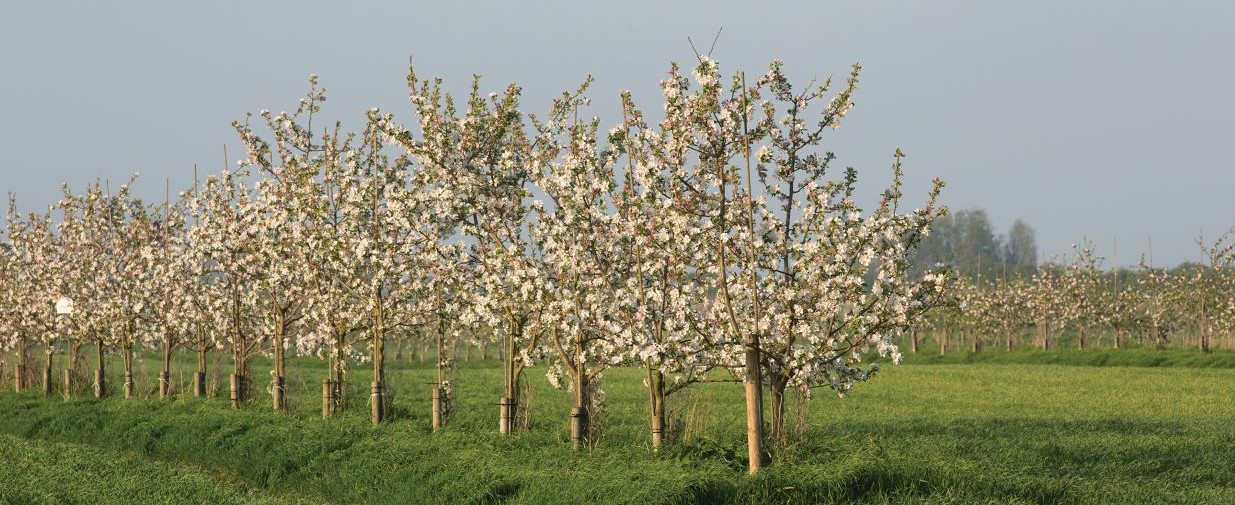Change your business address
If you're a full access user, you can update your business, registered, mailing and personal addresses within Online for Business and the Business banking app.
Read time: 3 mins Added date: 05/09/2024
Ben Makowiecki, Agriculture Sustainability Director at Lloyds Bank shares his practical tips to help farmers navigate the financial aspects of agroforestry.

Credit: Tim Schrivener WTML
There are many ways for the farming community to embrace the growing necessity for implementing sustainable practices into their day-to-day operations.
Managed in the right way, agroforestry offers an exciting option, where the economic benefits can reward farmers for providing public goods, but also contribute to the environmental sustainability and resilience of their business and its land.
Lloyds Bank can provide financing for agroforestry costs through its Clean Growth Financing Initiative (CGFI), which offers a zero per cent set-up fee for term lending on sustainable farming investments.
Using a loan to help integrate trees with crops or livestock can help farms reduce their ecological impact and significantly enhance farm productivity through higher land equivalent ratios (LER) compared to single crops, potentially achieving a positive increase in productivity.
Agroforestry works by making the land work harder, utilising vertical space, while bringing broader benefits, including increased biodiversity, enhanced soil health, improved water management, and shade for animals.
When considering a new venture, I’d always stress the importance of thorough financial planning and projections, to demonstrate profitability and debt serviceability for these types of projects.
Farmers should consider all business planning aspects, including profit projections, production timelines, exploring new markets, packaging, and future equipment needs when applying for financing.
It's therefore crucial to have a clear, comprehensive plan. This ensures all aspects of the project, from initial costs to long-term maintenance, and market considerations, are thoroughly accounted for.
For farmers looking to grow fruit or nuts for the first time, although it’s advisable to plan up to the time trees start producing commercially viable fruit, it’s also important to consider financial planning beyond this phase, and to think about ongoing operational imperatives like pruning and maintenance, replacing dead trees, and ensuring a defined market is in place for any new produce.
They might also need to plan for extra grading or packing and storage equipment, as well as budget for new trees and identify end uses for timber as the agroforestry area expands.
As well as committing to UK farmers by providing fee-free lending, financial support, and resources for agroforestry projects over £25,000, we’ve also looked to partner with organisations carrying the same ambitions.
To accelerate the help we provide, we have partnered with Soil Association Exchange (SAX), a comprehensive farm assessment tool and consultancy service.
Using SAX, farmers can assess their current environmental impact and evaluate where to make changes while identifying funding options. This could include combining sustainability-linked bank lending alongside schemes such as SFI or the Woodland Trust ‘MOREWoods’ scheme – sponsored by Lloyds Bank – which covers up to 75% of planting costs.
Whatever you decide to do, knowing there are partners out here who want to help with funding means navigating a difficult external environment, and transitioning to Net Zero, can take one positive leap forward.
Find out more about our Clean Growth Financing Initiative
All lending is subject to status.